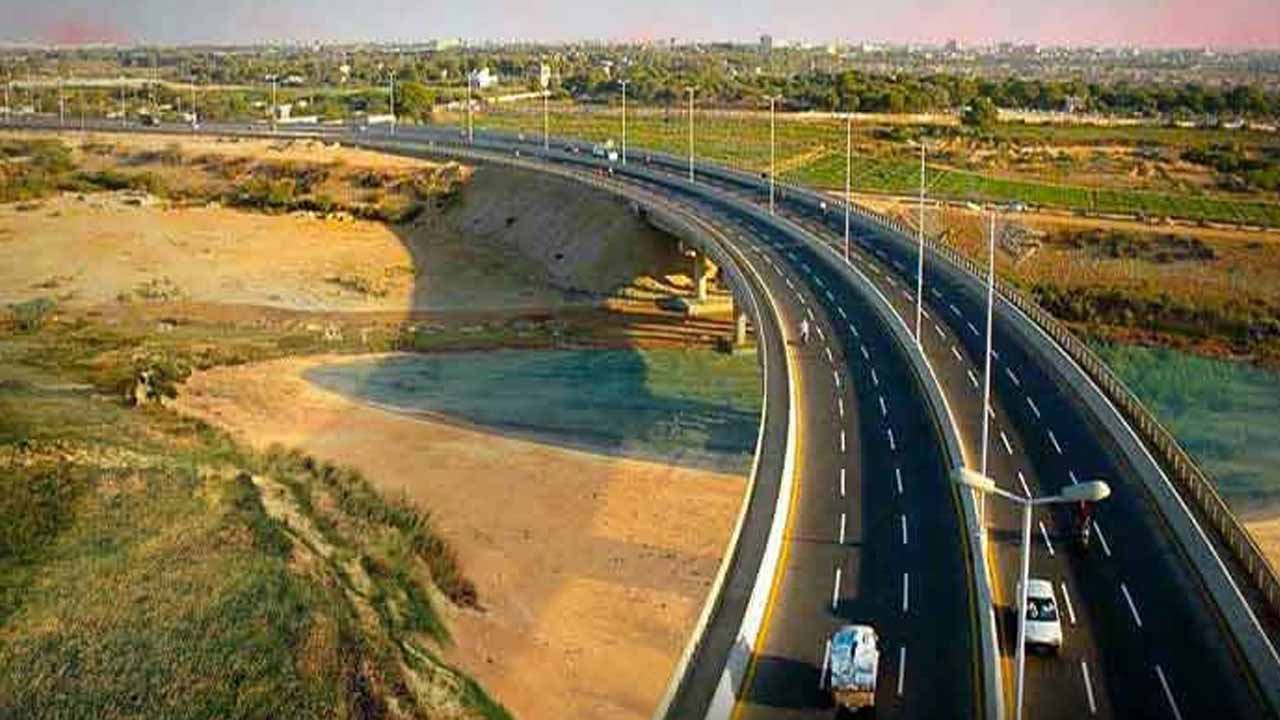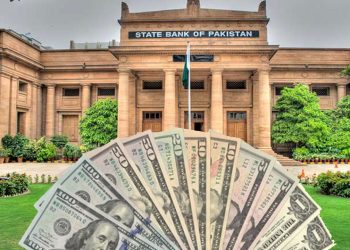According to The News, the Asian Development Bank (ADB) has removed the Malir Motorway from its list of priorities and will no longer fund the project.
The ADB’s Accountability Mechanism office stated in a letter to Advocate Abira Ashfaq that the “Malir Motorway Project is no longer an ADB-assisted project” in response to concerns from indigenous farmers who highlighted environmental degradation and the prospect of relocation.
The farmers celebrated after losing a petition against the project at the Sindh Environmental Protection Tribunal on April 15.
The tribunal dismissed the petition challenging the Sindh Environmental Protection Agency’s (Sepa) clearance of the Malir Motorway project’s Environmental Impact Assessment (EIA).
It allowed the project but ordered the government to set up a committee to ensure that no environmental damage took place due to the project.
In the same month, an ADB team from the Philippines visited Karachi, where they met Abira, Advocate Zubair Abro, who was challenging the motorway matter in the tribunal, researcher Sadya Siddiqi, and local resident Salman Baloch. The meeting was four hours long.
As part of its accountability mechanism, the ADB listened to Abira and the farmers’ grievances again in November
Heading Details
According to the EIA assessment, the Malir Motorway is a 39-kilometer-long corridor that connects the Defence Housing Authority (DHA) with the Karachi-Hyderabad Motorway. The project begins at the Jam Sadiq Bridge on Korangi Road and continues along the right bank of the Malir River until it reaches DHA City outside of Karachi.
The project was launched as a public-private partnership, which required the provincial government to seek private funds to construct the six-lane road infrastructure.
According to the construction bid document and a press statement given by the Sindh chief minister at the financial close in June 2022, the project’s construction cost was estimated at Rs27.583 billion.
The Sindh government pledged Rs4.137 billion, or 15% of the entire cost, of the Rs27.583 billion. The private partner’s or concessionaire’s contribution was Rs5.517 billion, or 20%, while the commercial loan from a group of banks was Rs17.929 billion, or 65%.
The private partner, known as a concessionaire or sponsor, is a collaboration of three construction businesses that has been registered as a company, Malir Motorway Pvt Ltd, with its headquarters on Karsaz Road.
According to reports, the concessionaire agreement was signed in April 2020. Commercial loans from a group of banks were sought to finance the remaining funding required because the resources of the Sindh government and commercial partners were insufficient for such a high-cost project.
Because the provincial government was unable to manage the amount pledged for the project, it asked the ADB to fund it, which is known as the Viability Gap Fund (VGF) in public-private partnership terminology. VGFs are always used for the public financing portion of such collaborations.
In essence, the ADB considered funding Rs4.137 billion under its umbrella project supporting public-private partnership investments in Sindh, of which the Malir Motorway was one sub-project.
Even before the COVID-19 economic downturn and the 2022 floods, the provincial administration was never able to fund even the Rs4.137 billion requirement through their yearly development plan.
The ADB has decided to withdraw the Malir Motorway project from its portfolio as a result of the complaint filed in September 2022, subsequent online meetings held in October and November, and an in-person meeting held in October of that year.
This means that the ADB would not provide Sindh with the Rs4.137 billion required for its part of the building costs.
This change is likely to be observed by the local banks that agreed to provide commercial financing for the project.
According to a member of Abira’s staff, the Malir Motorway project is now unworkable, and the World Bank is unlikely to fund it.
“The ADB found merit in the complaint filed against the project, which is riddled with a faulty and fraudulent Environment Impact Assessment study, non-disclosure of the Land Acquisition and Resettlement Plan (LARP) survey, and ecological destruction of Karachi’s last-surviving river, its riverbed and flood plains, and the Malir fields.”







